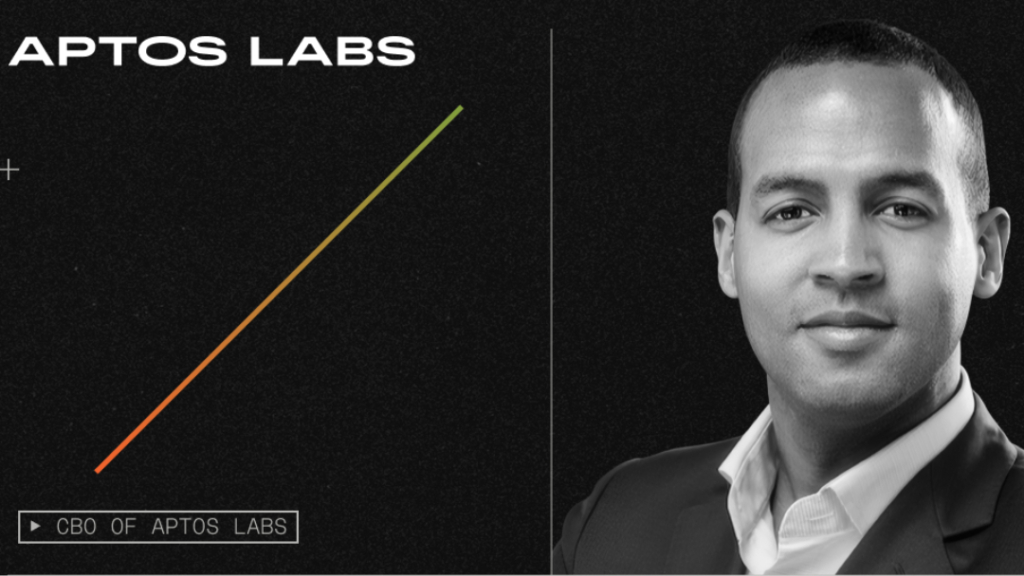Singapore-based decentralized finance (DeFi) firm Cake DeFi has released proof of its reserves using the Merkle tree method.
The Merkle tree method, developed in 1979 by Ralph Merkle, enables the demonstration that a piece of data is included in a set of data without revealing the entire set.
Under the proof-of-reserves method, a Merkle tree is used to prove that a cryptocurrency exchange holds the reserves it claims to have, without revealing the exact amounts of each cryptocurrency it holds, in order to protect the platform and its users’ privacy.
Cake DeFi’s new feature enables users to verify their assets and the company’s liabilities through public access to its Merkle tree proof of reserves on its website.
The tool also allows users to perform a self-audit of their own funds under the Merkle tree data structure and see how yields are generated with real-time on-chain data about customer funds.
Other exchanges such as Binance, Crypto.com, Bybit, and OKX have also released Merkle tree-based proof of reserves to promote transparency following the collapse of FTX, though some officials remain skeptical of their efficacy.



